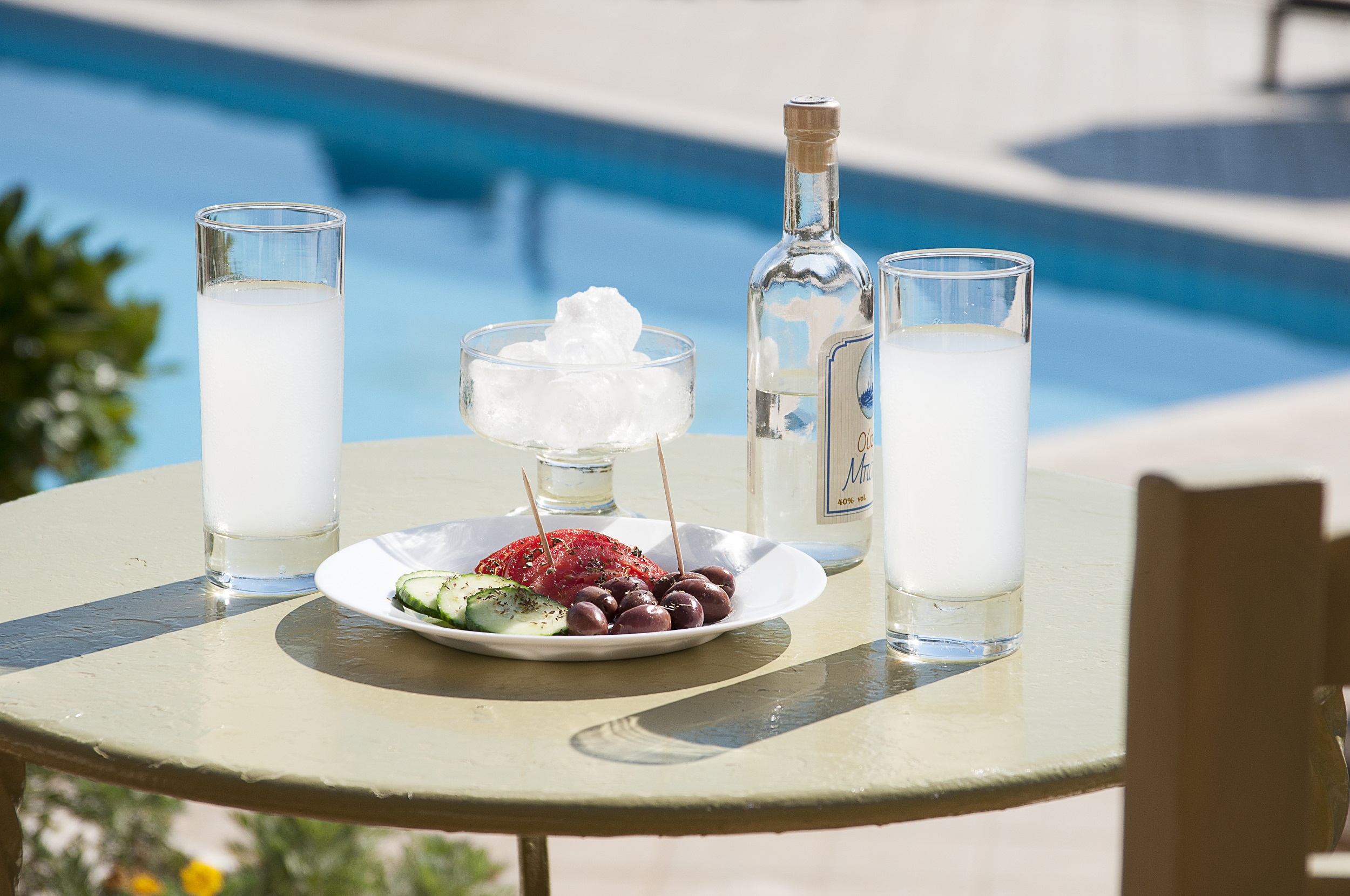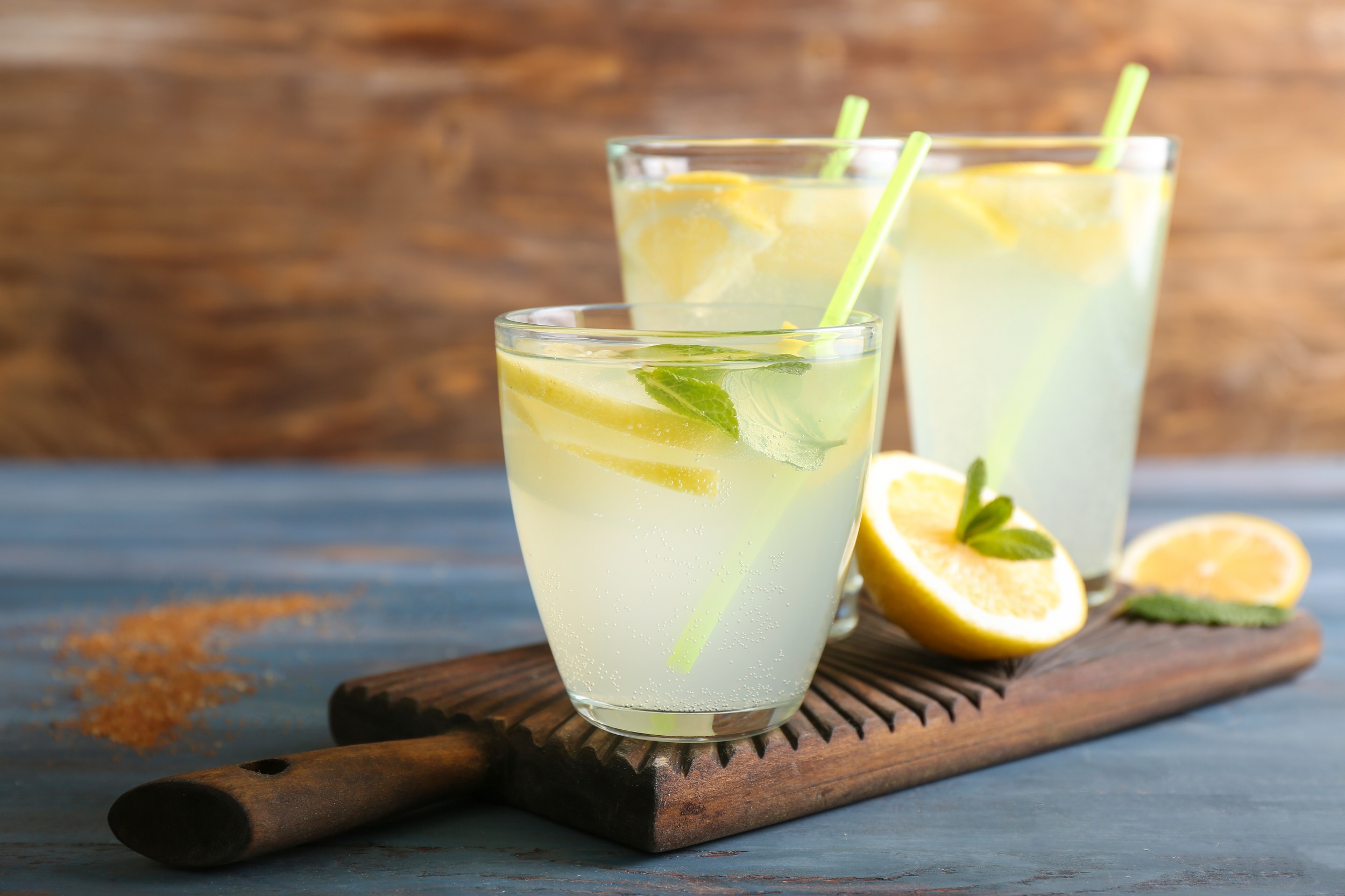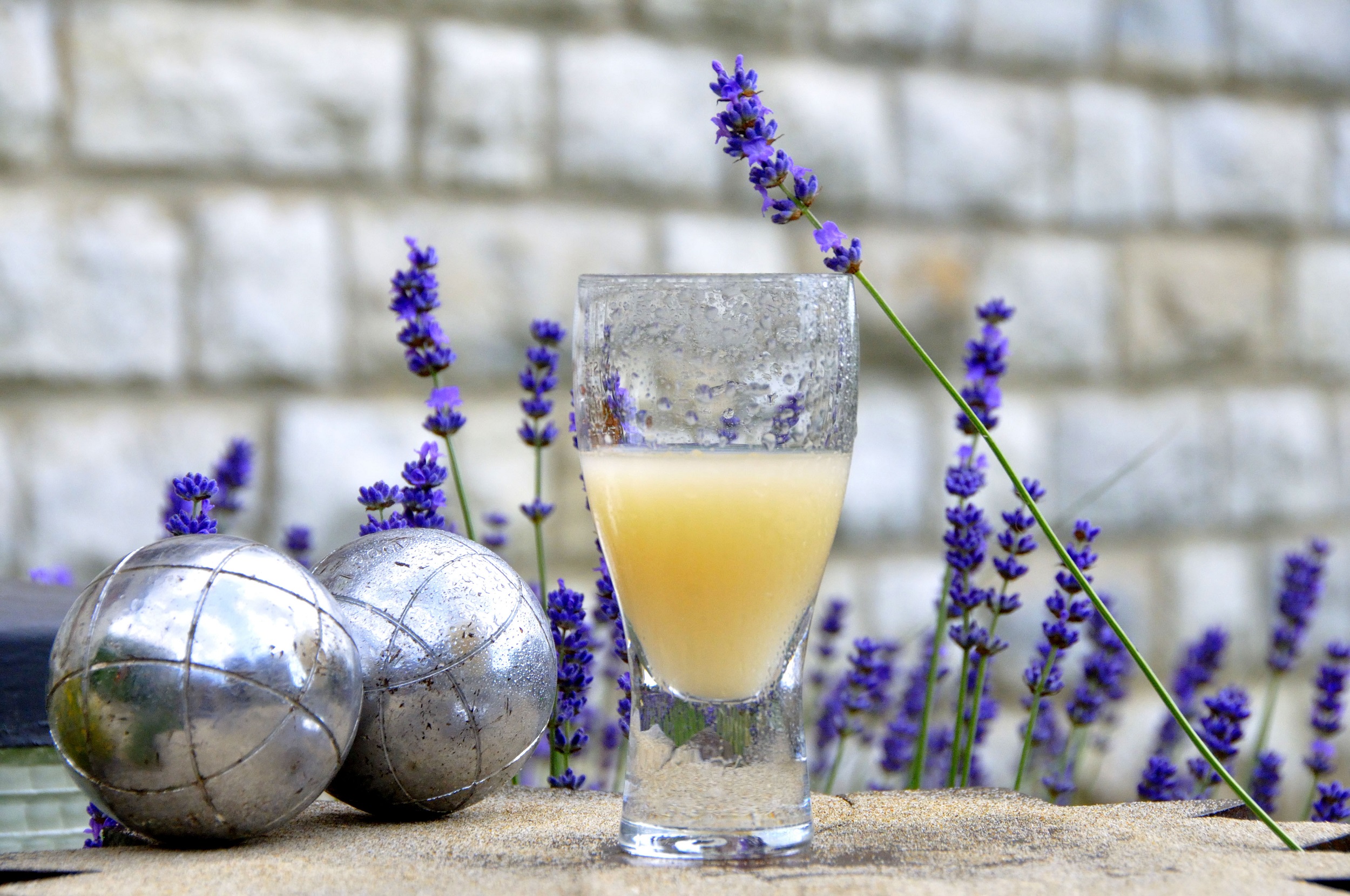I find myself drawn to books about summer in Europe this year, a year in which travelling to Europe seems as foreign as the continent itself. Hotel Pastis by Peter Mayle captured my fancy as the protagonist began to appreciate the ubiquitous pastis enjoyed by his Provencal counterparts. Soon, fascinated by the drink and culture, books such as The Food and Drink of France by Edward Behr, and David Lebovitz’s Drinking French became permanent fixtures on my coffee table.
Greece always captures my fancy. The Summer of My Greek Taverna by Tom Stone piqued my interest in the Greek Isles with tales of long glasses of cloudy ouzo alongside the ocean and its cast of larger than life characters.
Then last year, Covid took away the opportunity for a girl’s trip to Italy. Of course, like many before us, we fully intended to appreciate the ‘eat’ part of Eat, Pray, Love. Still, I also had beverages on my mind – indulging in proper espresso, icy Sambuca, and bold Barolos dominated my agenda.
This makes one realize just as food is integral to travel (and more importantly, travel memories) so is drink. And one flavour dominates these books, dreams and drinks – anise.
The Anise seed is popular in European and Middle-eastern kitchens, imparting a black liquorice flavour that you either love or hate. The spice can be used whole or ground up in cooking and baking (such as Italian biscotti), but it seems to cast a wide shadow over the signature drinks of many countries.

If you have ever tasted Aquavit (popular in Scandinavian countries), Absinthe, Ouzo, Pernod, Rakı (Turkey), Sambuca, or Aguardiente (Colombia), you have had an anise liquor.
Because of their high alcohol content, anise liquors lend themselves well to dilution, which has the pleasant side effect of changing colour or clouding up when mixed with ice or water. This is also the preferred way to imbibe, savouring the taste and experience. From France to Greece, these liquors are best enjoyed over leisurely meals next to the sea, served with a carafe of water to mix. As a result, the bold flavour is tempered slightly and becomes more refreshing, allowing one to linger over a few glasses while never getting completely hammered.
If you’re stuck on the North American continent this summer and looking for a refreshing taste of Europe, here are a few easy, approachable ways to enjoy the anise taste of Europe.
The OG way to drink Ouzo.

It’s 4 o clock on a sunny Saturday afternoon. Set out a meze (little appetizers), a pitcher of icy water, some tall glasses and a bottle of Ouzo. Pour an ounce into the glass and top with water. Enjoy that first invigorating sip and pretend you’re in a taverna rather than on your balcony.
Feeling French? Put on some Edith Piaf and enjoy this rosy drink
The Tomate
This slightly sweet cocktail is anise with a twist
In a tall glass, pour 1-ounce Pastis, ¼ – ½ ounce Grenadine (to taste), top with cool water. You can also add ice, but according to David Lebovitz, full glasses of ice (like you’d find in North America) are somewhat rare in France because the amount of space and electricity devoted to ice machines gets expensive.
If la dolce vita is more your thing…

Sparkly Sambuca Lemonade
Remember (hazily) shooting back flaming Sambuca shots at the bar in your younger days? This is better.
In a shaker, add 1-ounce sambuca, 1-ounce simple syrup (or more to taste) and 1-ounce fresh squeezed lemon juice. Shake with ice and strain into a tall glass with fresh ice. Top with sparkling water. If you want to live la vita pazzo instead, top with prosecco instead of water.





